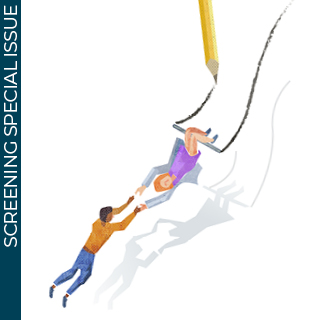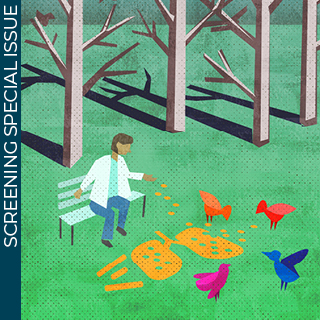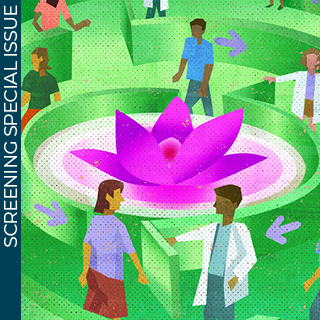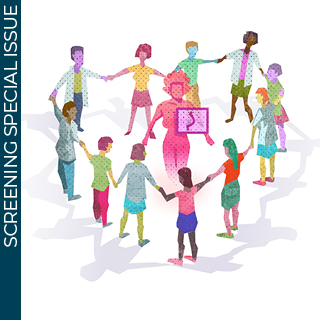As the world surpasses 18 months since the pandemic began (at the time of this writing), mounting evidence suggests that COVID-19 will be an endemic virus that will continue to shape healthcare delivery for the foreseeable future. In this context, healthcare delivery along the cancer care continuum has suffered, especially for underserved and underrepresented populations. Studies from the U.S. and Europe have shown that cancer screening dropped dramatically during the pandemic. These missed screenings may also worsen preexisting disparities.1
In March of this year, the U.S. Preventive Services Task Force (USPSTF) updated its lung cancer screening guidelines to widen screening eligibility for individuals are who are 50 to 80 years of age and have a 20 pack-years or more smoking history, who either currently smoke or have quit in the last 15 years. This update is projected to double the number of individuals eligible for screening and helps to reach Black patients who have a higher risk of lung cancer at a younger age and with a lower smoking history. The new guidelines aim to help reduce disparities in eligibility for screening.2
It is also well-known that Black patients fare worse in multiple phases of the colorectal cancer continuum — they are less likely to be screened with colonoscopy, are more likely to present with late-disease stages, and have lower 5-year rates of survival following a diagnosis, despite adjustments for disease stage at presentation.3 That’s why the new USPSTF recommendation for adults ages 45–49 means that millions more Americans will receive private insurance coverage for this vital screening.4
There are also disparities in LGBTQIA+ communities that have to be addressed to improve cancer outcomes. These disparities have been attributed to lack of access, lack of insurance, and other barriers to care in this population.5
The COVID-19 pandemic’s aftershocks on healthcare will be long-lasting and worldwide. Although its challenges have forced a reckoning in how we provide care, the pandemic also provides an unparalleled opportunity to reorganize and address the existing disparities. To do so, we must focus on just access to high-quality care and access to screening, both of which are necessary to achieve health equity. The College is urging members to get involved and take on leadership roles in screening programs and outreach efforts. The pages of this special issue of the Bulletin take us through exactly how we, as radiologists, can lead the way.





